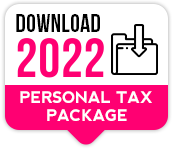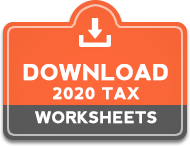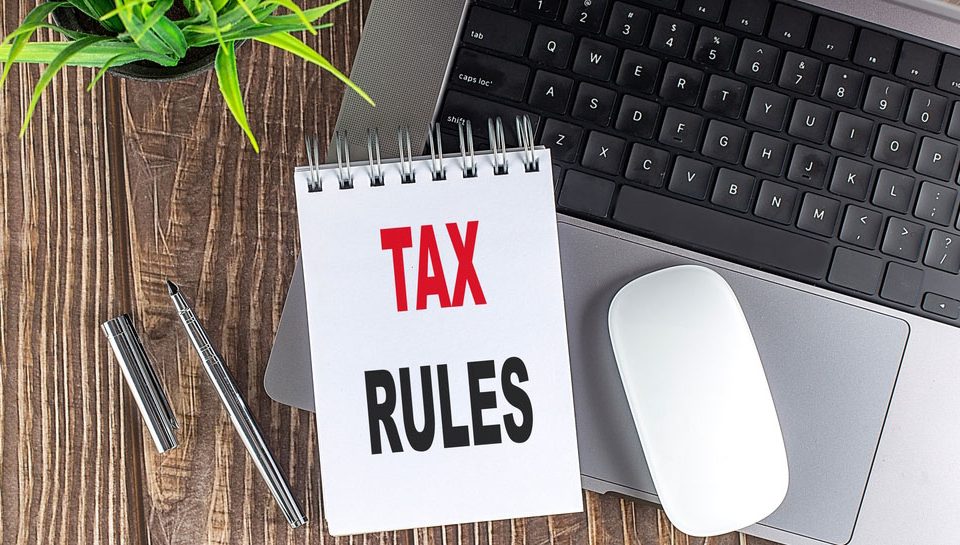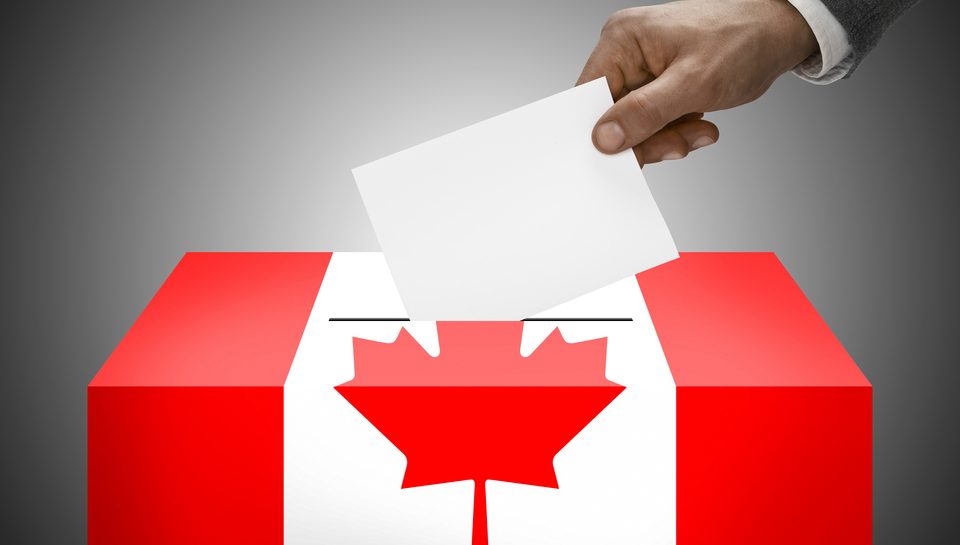
RRSP contribution deadline is March 2, 2020
February 13, 2020
‘It felt like winning the lottery’: Your unclaimed money could be a click away
March 3, 2020If you purchased a home using the Home Buyers’ Incentive or were prescribed cannabis for medical use then you may be affected by changes to Canada’s tax code. CTVNews.ca explains what you need to know before you file your return this year.
IMPORTANT DATES AND DEADLINES
As usual, April 30 is the last day to file your 2019 income tax return. If you owe the Canada Revenue Agency money, it must be paid by this date. Otherwise, you’ll face a late-filing penalty and daily interest charges on your balance.
The CRA notes that even if you can’t pay your full balance owing on or before April 30, you can avoid the late-filing penalty by filing your return on time.
If you are self-employed, you have until June 15 to file your return. But keep in mind that if you owe taxes, you’ll still be required to pay your balance by the April 30 deadline.
The deadline to contribute to your registered retirement savings plan (RRSP) is March 2.
CHANGES TO CRA SERVICES
Right off the bat, you might notice a few changes to the T1 Personal Income Tax return form. Most notably, it’s doubled in size from four pages to eight.
But this doesn’t mean you’ll be required to put in extra work. The length accounts for increased font size and new formatting, as well as the CRA’s decision to include the calculation of federal tax. There is also a new numbering system.
“Most Canadians aren’t going to notice much of a difference, other than the extra pages and new line numbers” Armando Minicucci, tax specialist at Grant Thornton, told CTVNews.ca.
The CRA has also released a new online tool that allows you to check the estimated processing time for your tax return and other tax-related requests.
You now also have the option of setting a personal identification number through the My Account portal to quickly identify yourself when calling the CRA.
GETTING ORGANIZED
If you haven’t done so already, experts suggest signing up for the CRA’s My Account portal to ensure that all of your personal information is up to date and accurate. This portal not only stores important tax income documents, it allows you to check the status of your refunds, outstanding balances, and RRSP or TFSA contribution limits.
More importantly, if you have misplaced any of your documents or T-slips, you should be able to access them in My Account.
Next, organize your paperwork.
· Employment and income slips (T4s, T4As, T5s, T3s, etc.)
· Receipts to back up claims for things like medical or childcare costs, charitable donations, or moving expenses
· Disability certificates, mortgage and property tax statements
· Self-employed or rental income and expense information
· Student tuition and interest documents
Reporting investment income tends to be the trickiest area for taxpayers, according to Minicucci.
“Income sometimes gets missed because people don’t understand how much they’ve earned on their investments each year,” he said. “This is generally the most common area where individual taxpayers are reassessed.”
You should have received an annual statement from any investments you held in 2019 showing the total income you earned during the year and the total expenses incurred, such as investment adviser fees (which are deductible).
NEW AND IMPROVED TAX BREAKS
Enhanced CPP Contributions: You can now claim a deduction for any enhanced contributions to the Canada Pension Plan (CPP) or the Quebec Pension Plan (QPP).
“Employees were required to contribute 0.15 per cent of pensionable earnings commencing last January to a maximum annual contribution of $80.85,” explained Minicucci.
“Regular contributions to CPP result in a non-refundable tax credit. The deduction for enhanced contributions is a tax deduction, not a tax credit.”
Canada Workers Benefit: Formerly known as the Working Income Tax Benefit, this benefit provides a refundable tax credit for individuals and families that are in the workforce but have income below certain thresholds.
The maximum benefit is $1,335 for individuals with earned income of $12,820 or less. For families, the maximum refund is $2,335 with an income threshold of no more than $17,025. However, if you are enrolled in a full-time education program, you’re not eligible.
Home Buyers’ Plan: In 2019 the Home Buyers’ Plan RRSP withdrawal limit increased from $25,000 to $35,000 for withdrawals made after March 19.
New homeowners also qualify for the $5,000 first-time Home Buyers’ Tax Credit if they have purchased a home in the tax year—a tax credit Minicucci warns could be overlooked by many first-time buyers.
Cannabis as a Medical Expense: Certain cannabis products are now considered eligible for the medical expense tax credit, providing you have an authorization.
Climate Action Incentive: The perks of this incentive program range depending on which province you live in. Albertans are now eligible to claim this incentive, whereas residents in New Brunswick will not. Residents in Ontario, Saskatchewan and Manitoba will receive a large amount this year compared to the previous tax season.
Article Source: Nicole Bogart CTVNews.ca Writer







